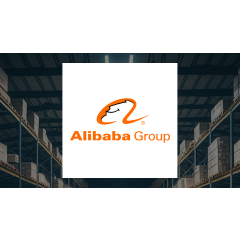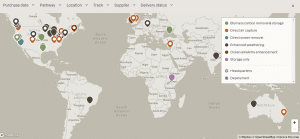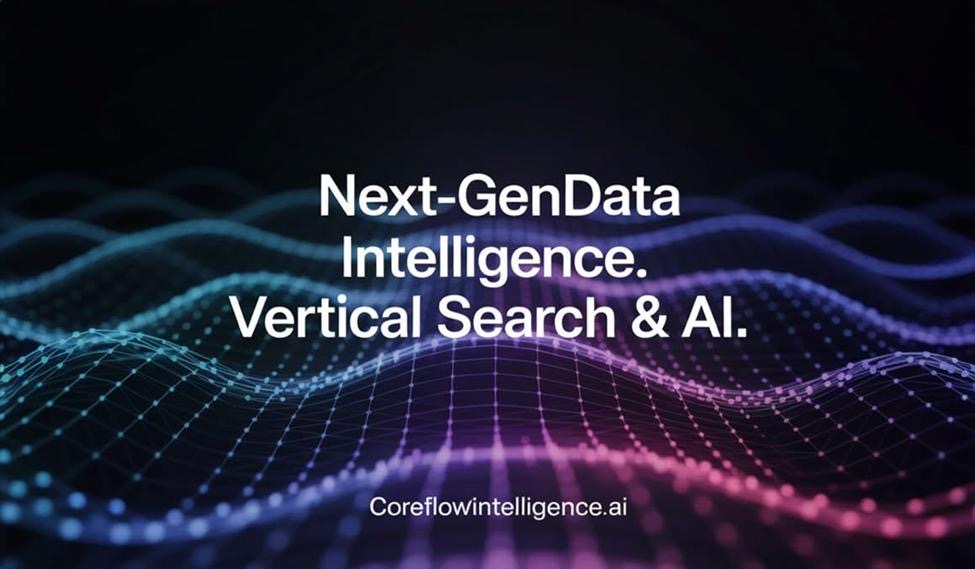As businesses increasingly embrace digital transformation, the adoption of a unified architecture for managing and accessing data across diverse systems is becoming essential. A data fabric—a comprehensive framework that integrates data from various sources and locations—has emerged as a vital tool for enterprises seeking to enhance their operational efficiency. Nevertheless, implementing a data fabric presents several significant challenges, particularly in navigating the complexities of connectivity, data governance, and organizational readiness.
Complexity of Connectivity Solutions
The rise of various connectivity solutions in industrial environments complicates data fabric deployment. According to ABI Research, industrial firms are projected to generate 4.4 Zettabytes (ZB) of data by 2030. Approximately 56%, or 2.5 ZB, of this data will continue to be transmitted via fixed-line connectivity, valued for its integrity and reliability. However, the increasing fragmentation of connectivity options—including Wi-Fi, private cellular networks, Bluetooth, Low-Power Wide Area (LPWA), and Internet of Things (IoT) technologies—pressures vendors to meet heightened interoperability demands.
This situation complicates data integration efforts, as cloud services and data fabric providers must work to unify these varying inputs into a cohesive environment. ABI Research forecasts that enterprises will allocate US$232 billion annually for data fabric solutions by 2030, a significant increase from US$107 billion in 2025.
Addressing Technological and Operational Challenges
Many enterprises operate with a mix of legacy systems and modern cloud-native platforms. This fragmented technology landscape generates data in multiple formats and uses diverse protocols, complicating effective data fabric implementation. To address these challenges, vendors must focus on maintaining a library of pre-built connectors for popular systems. They should also provide comprehensive Application Programming Interface (API) documentation and developer support for custom integrations.
Utilizing distributed processing engines can facilitate scalable data integration and real-time analytics, while specialized migration services can assist firms in gradually replacing or integrating legacy systems. These steps are crucial for ensuring seamless data interoperability, a cornerstone of any effective data integration strategy.
Additionally, traditional data management approaches, such as Extract, Transform, Load (ETL) pipelines, are often inefficient and costly. Data fabrics can streamline operations through automation, real-time performance monitoring, and scalable architecture. Vendors should consider offering plug-and-play modules for gradual adoption and managed services to lighten the internal Information Technology (IT) workload.
Navigating Data Governance and Organizational Readiness
The need for stringent data governance and compliance cannot be overstated, especially when sensitive information is involved. Enterprises require full visibility into data lineage and protection from breaches or regulatory violations. Data fabric platforms must incorporate automated data lineage tracking, audit logs, and role-based access controls. Robust encryption protocols are essential for secure data storage and transmission, alongside frequent compliance updates to align with evolving global standards like the General Data Protection Regulation (GDPR) and the California Consumer Privacy Act (CCPA).
A significant barrier to successful data fabric implementation lies in organizational challenges. Many enterprises struggle with a lack of internal expertise and cultural readiness for data-driven operations. To overcome these hurdles, ABI Research suggests creating detailed onboarding plans, providing virtual training modules, and offering certification courses tailored to various enterprise roles. Promoting change management initiatives in collaboration with Human Resources (HR) and leadership teams can further support cultural readiness.
Commercial Considerations for Data Fabric Vendors
Enterprise requirements vary widely across sectors, making it challenging for data fabric vendors to deliver both customization and scalability. To address this tension, vendors should focus on developing modular offerings that allow clients to tailor solutions to their specific needs. Introducing tiered, usage-based pricing models can reflect actual business value and help build buyer confidence in data fabric investments.
Providing Return on Investment (ROI) calculators and industry-specific case studies can also demonstrate tangible benefits, supporting long-term scalability and profitability for vendors in this evolving market.
Successfully deploying a data fabric involves navigating a complex landscape that encompasses technological, regulatory, operational, organizational, and commercial challenges. By implementing the right strategies and capabilities, data fabric providers can empower enterprises to unlock the full value of their data. Currently, many organizations utilize only about 5% of the data they generate, highlighting a significant opportunity for technology providers to bridge existing gaps in digitalization. Overcoming these outlined challenges is essential for harnessing the potential of data fabrics in sectors such as manufacturing and beyond.
For further insights on data fabric, refer to ABI Research’s resources on enterprise data fabric and its vital role in hybrid cloud approaches.






















































